Mr. Vu Van Tam, Head of Project Investment Department 1, State Audit Office (SA) Sector V, Head of the audit team of the National Target Program (NTP) for Sustainable Poverty Reduction for the period 2021-2022, assessed that poverty reduction is not really sustainable, the risk of falling back into poverty and poverty generation is still high.

Mr. Tam said that every year, the Prime Minister decides to assign poverty reduction targets for the year to localities. However, regarding the poverty rate according to multidimensional poverty standards in the 12 provinces audited in 2022, only 10/12 provinces set targets higher than the general poverty reduction rate of the whole country; 2 provinces, Khanh Hoa and Quang Nam, set targets lower than the general poverty reduction rate of the whole country (general rate from 1-1.5%/year).
Mr. Vu Van Tam also pointed out 4 reasons. First, the impact of COVID-19, climate change, natural disasters, storms and floods makes the lives of the poor more difficult. Second, the way to determine the multidimensional poverty standard for 2021-2025 has changed, although it is more complete, it is difficult to compare directly, affecting the accurate assessment. Third, we have not yet assessed in detail the results of projects, sub-projects, or the level of solving the shortage of basic social services in 2021-2022. Finally, a part of the people, especially in remote areas, still have the mentality of waiting for support from the State.
Acknowledging this situation, Mr. Pham Hong Dao - former Deputy Head of the National Office for Poverty Reduction (Ministry of Labor - Invalids and Social Affairs) also said that the implementation process has encountered difficulties compared to reality. For example, the project on nutrition support as well as housing support has not been allocated capital in 2022, leading to beneficiaries not being able to benefit, even though they are eligible.
In addition, the approval of some projects is still scattered, fragmented and slow, leading to delays. At the same time, during this period, the Central and local governments have strengthened the Steering Committees at all levels to manage and direct the implementation of the program. All of these reasons, combined with the COVID pandemic, also affect the allocation, disbursement and implementation of capital for target programs.
The program has been going on for 4 years, ending in 2025. So how to achieve the expected results? According to the provisions of the State Budget Law, if the career capital is not fully used within the year and the spending task is over, it must be returned to the budget.
However, with the National Target Program on Sustainable Poverty Reduction – an important social security program aimed at improving the lives of people in remote, mountainous and ethnic minority areas – the National Assembly has a flexible mechanism.
Mr. Vu Van Tam added that the capital for 2021 and 2022, including both career capital and investment capital, if not used up, will be transferred to 2023 according to Resolution 69/2022/QH15 dated November 11, 2022. Similarly, the capital for 2023 - including capital transferred from 2021, 2022 and newly allocated capital - if not used up, will be transferred to 2024 according to Notice 3155/TB dated November 25, 2023 of the National Assembly Standing Committee.
This mechanism helps reduce the pressure of repayment, creating conditions for localities to continue implementation. Head of Project Investment Department 1, Specialized State Audit V added that to promote the disbursement rate of capital for the National Target Program, it is necessary to synchronously implement a number of solutions such as supplementing and amending mechanisms and policies in a transparent and easy-to-implement direction. At the same time, the Ministry of Finance allocates annual investment capital early and on time, usually in the first quarter of each year, so that localities can proactively manage the state budget according to their authority.
In order to avoid the situation of "having money but not knowing how to spend it", Mr. Pham Hong Dao expressed that based on the results of the National Assembly's supreme supervision in 2022-2023 and the State Audit Office's recommendation to audit the Program, the National Assembly issued a Resolution allowing the transfer of allocated but unused capital.
This is a timely solution, helping localities avoid the pressure of paying back the budget, having more time for implementation and is also a special mechanism, very new compared to before to help localities be proactive in allocating and using capital sources. This can help adjust projects to suit the socio-economic development planning and raw material area planning in livelihood support projects...
However, to effectively implement the program in 2025, localities need to strengthen the review of feasible projects to prioritize implementation. “Local authorities at all levels as well as beneficiaries need to join hands to implement assigned projects because if we have appropriate mechanisms and good policies but people do not implement well, it will be very difficult to ensure the set goals,” Mr. Pham Hong Dao frankly said.
The goal of the Program by 2025 is that the multidimensional poverty rate will decrease by 1-1.5%/year, ethnic minority poor households will decrease by over 3%/year, 30% of poor districts and 30% of extremely disadvantaged communes will escape poverty. In 2024, with the synchronous participation of the entire political system, from the Government, National Assembly, Central to localities, especially the National Assembly has proposed 8 specific policy mechanisms for all 3 national target programs, at the same time, ministries, departments and branches have actively revised policy documents that are still inadequate and not suitable for reality, it is expected that in 2025, localities will successfully complete the content and goals set out by the program.
Source: https://cand.com.vn/Xa-hoi/giai-phap-de-75-000-ty-dong-den-duoc-voi-cac-ho-ngheo-dung-doi-tuong-i763170/





![[Photo] Prime Minister Pham Minh Chinh chairs meeting to remove difficulties for projects](https://vstatic.vietnam.vn/vietnam/resource/IMAGE/2025/3/30/7d354a396d4e4699adc2ccc0d44fbd4f)













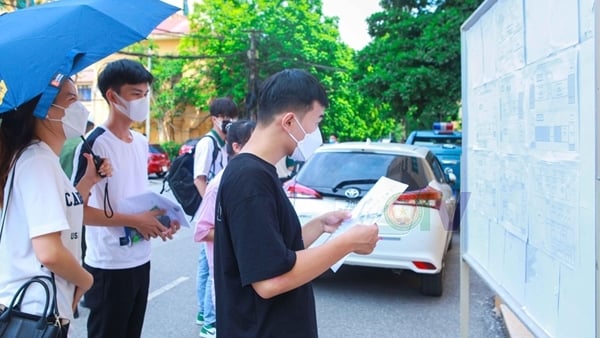
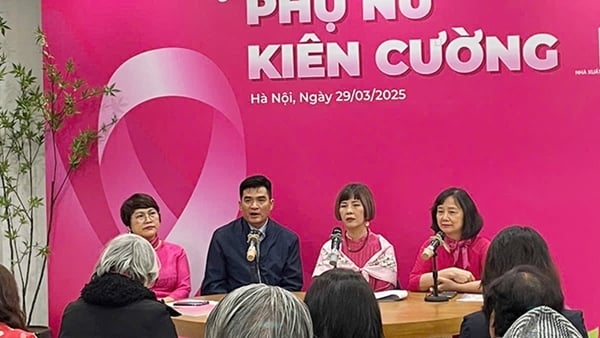


![[Photo] Prime Minister Pham Minh Chinh chairs meeting to urge highway projects](https://vstatic.vietnam.vn/vietnam/resource/IMAGE/2025/3/29/6a3e175f69ea45f8bfc3c272cde3e27a)
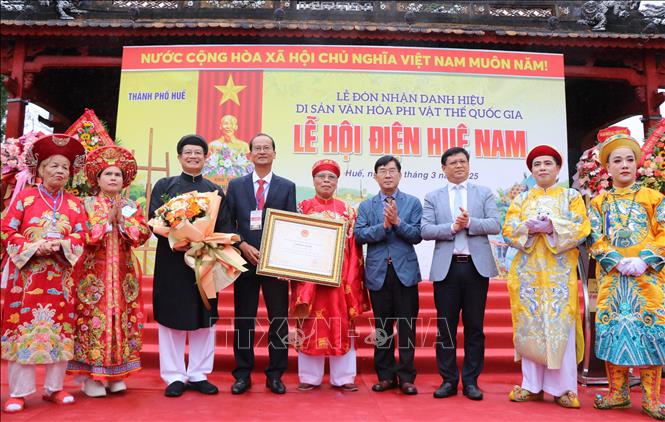









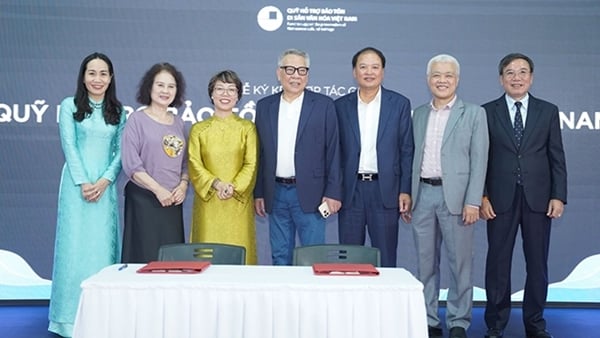
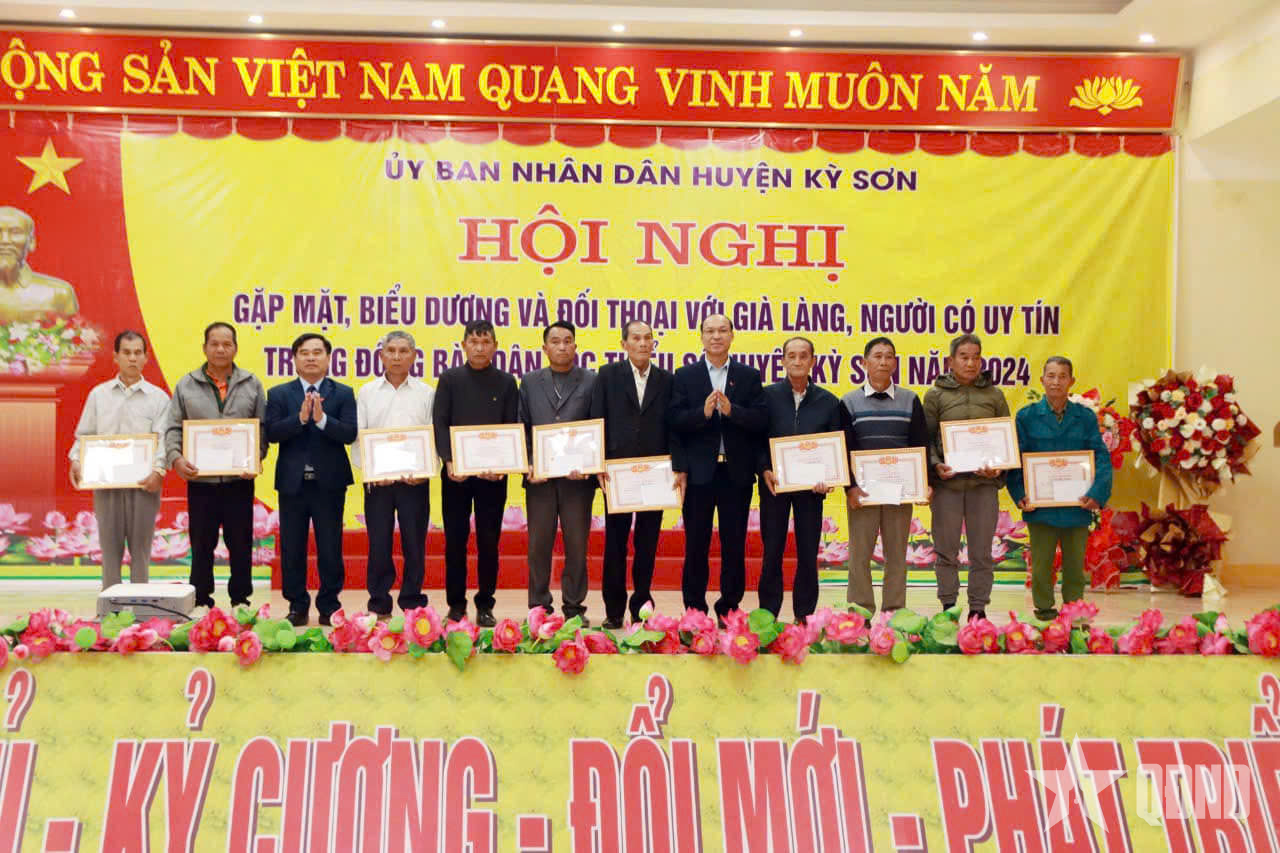





















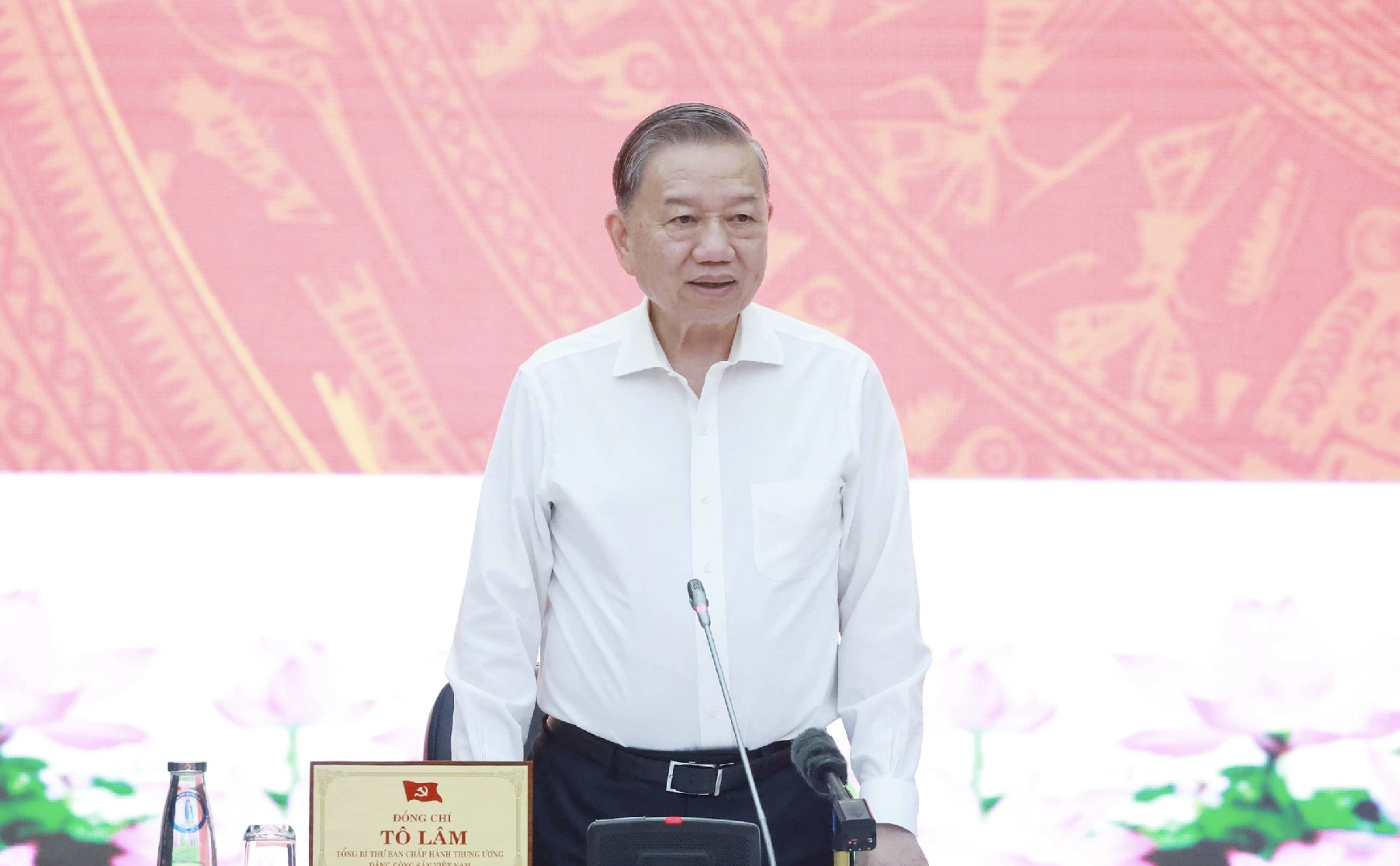





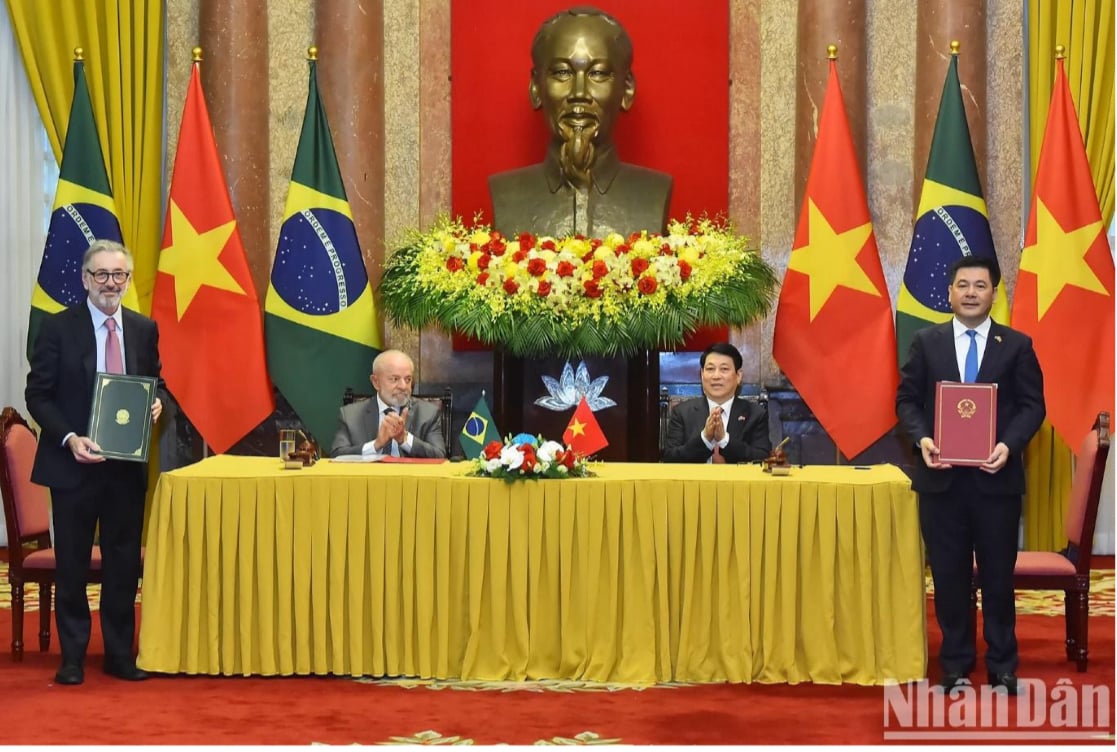



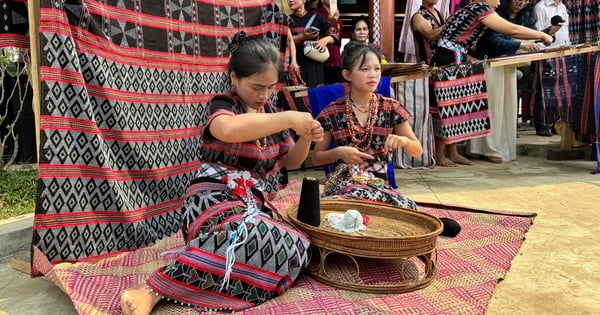


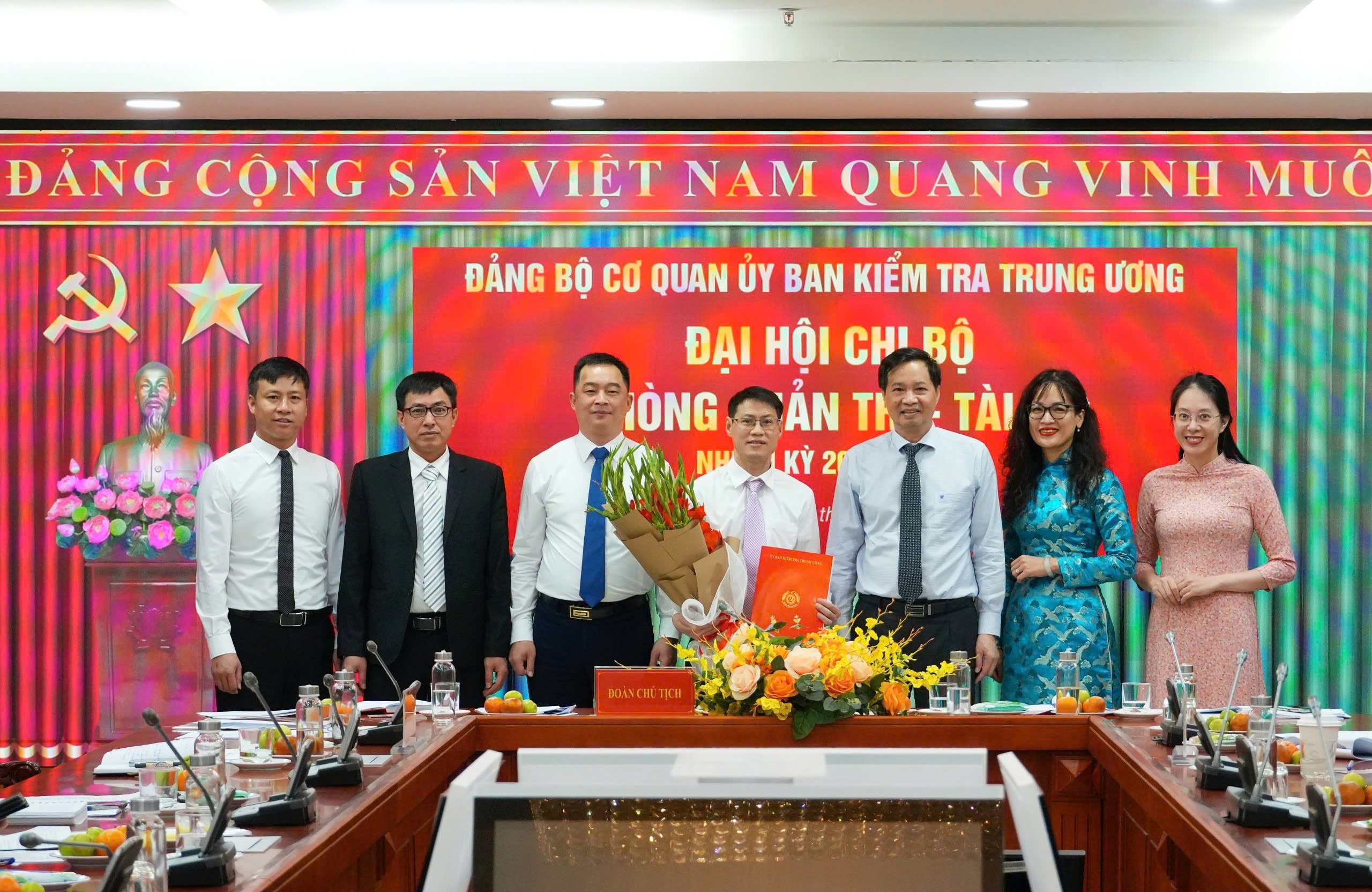
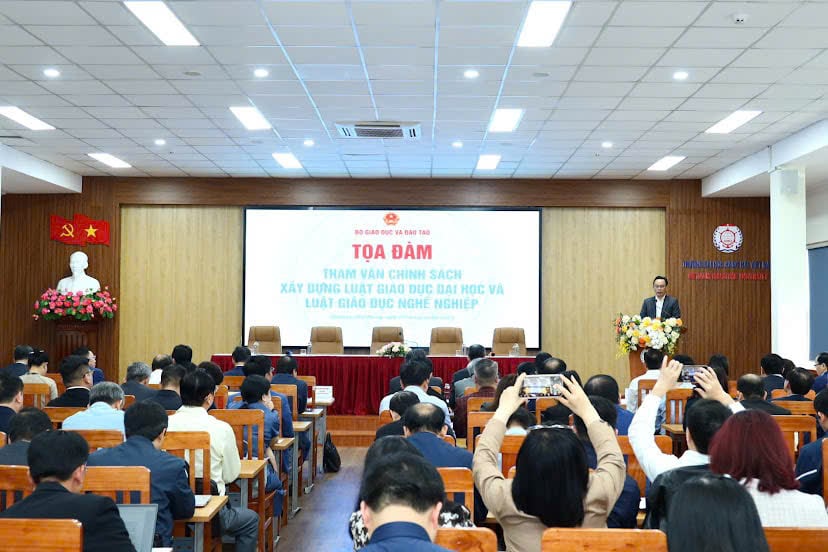




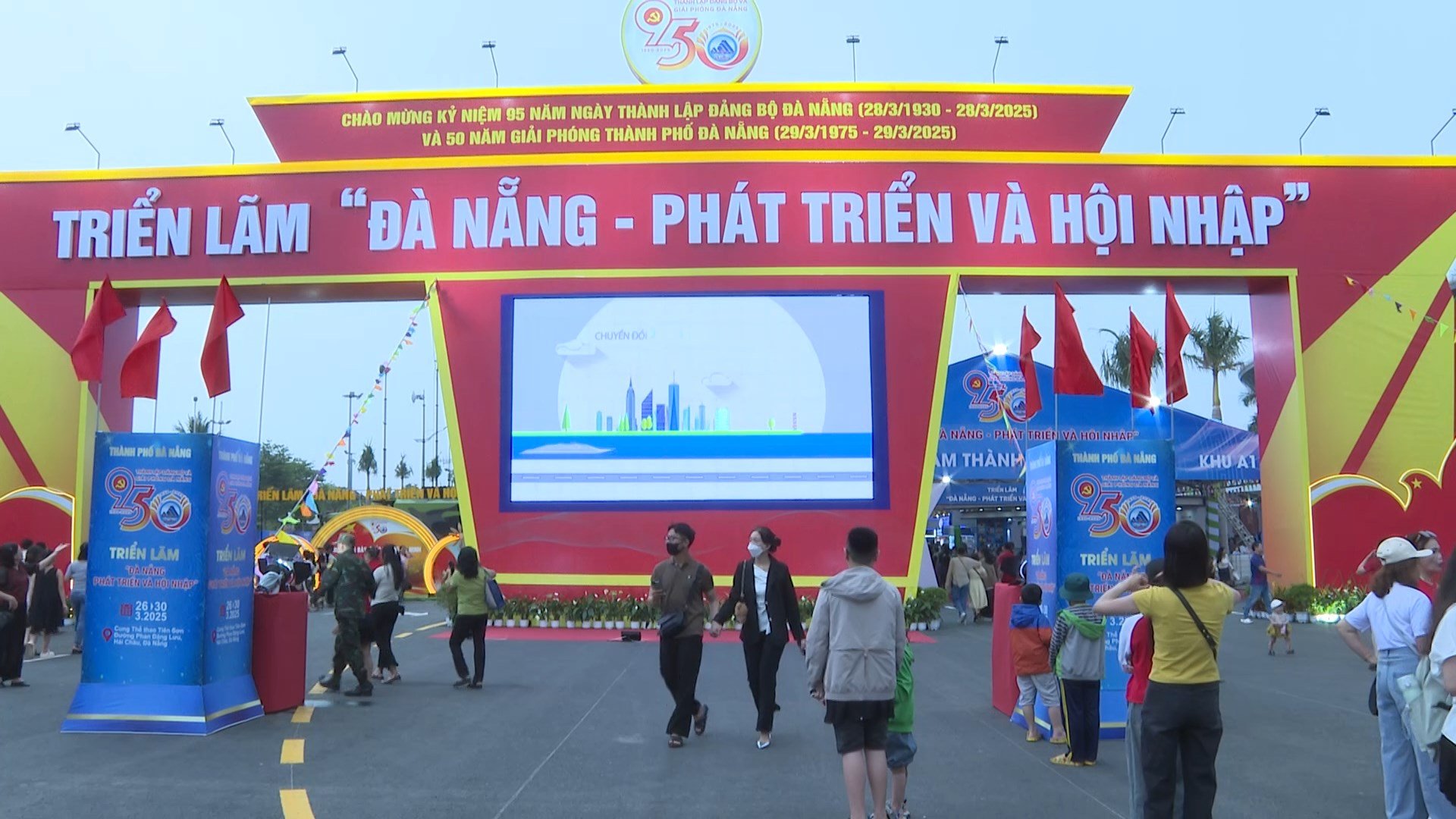


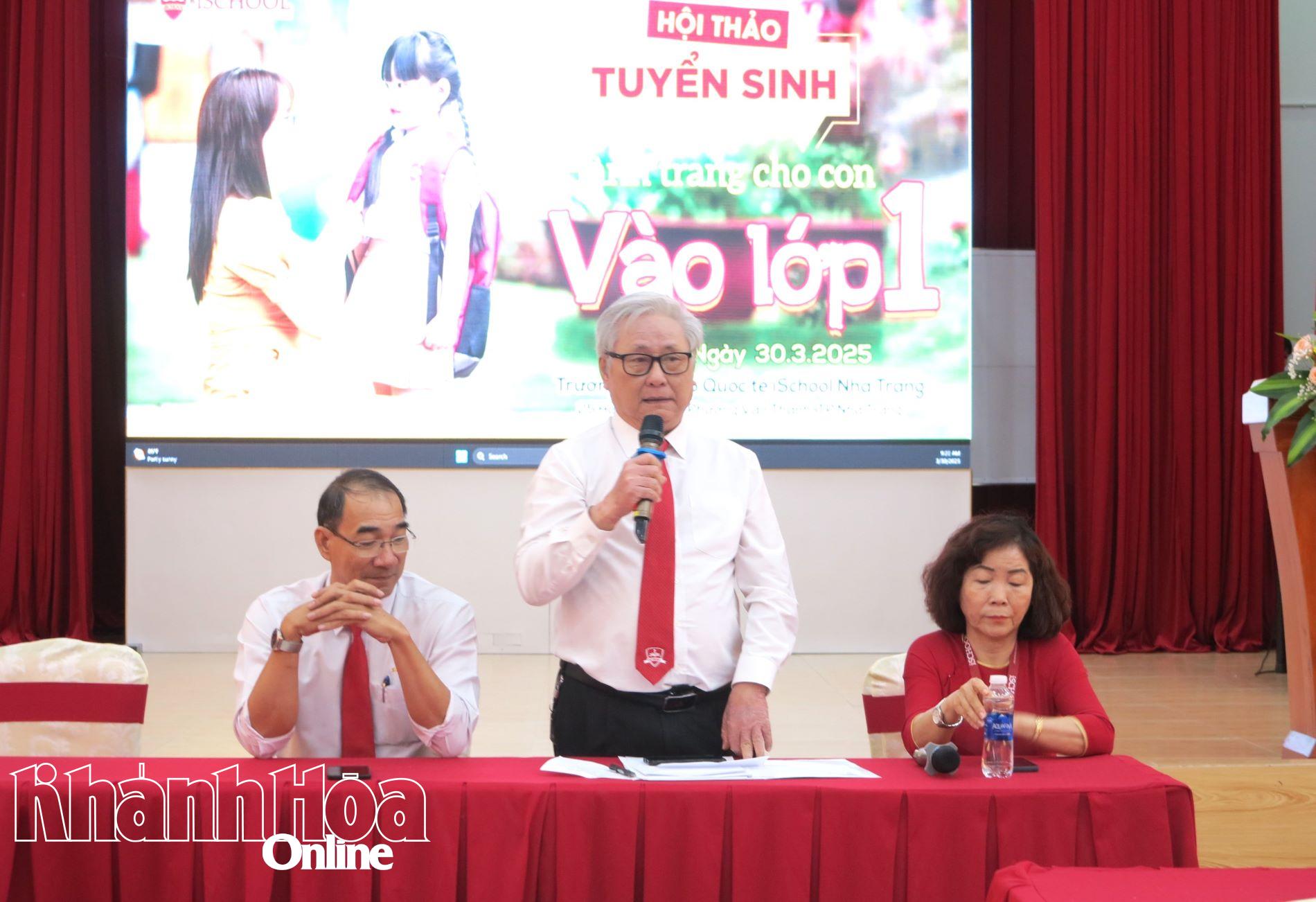

![[REVIEW OCOP] An Lanh Huong Vet Yen Cat](https://vstatic.vietnam.vn/vietnam/resource/IMAGE/2025/3/27/c25032328e9a47be9991d5be7c0cad8c)




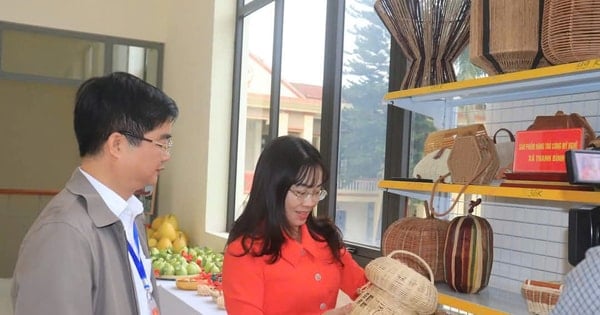

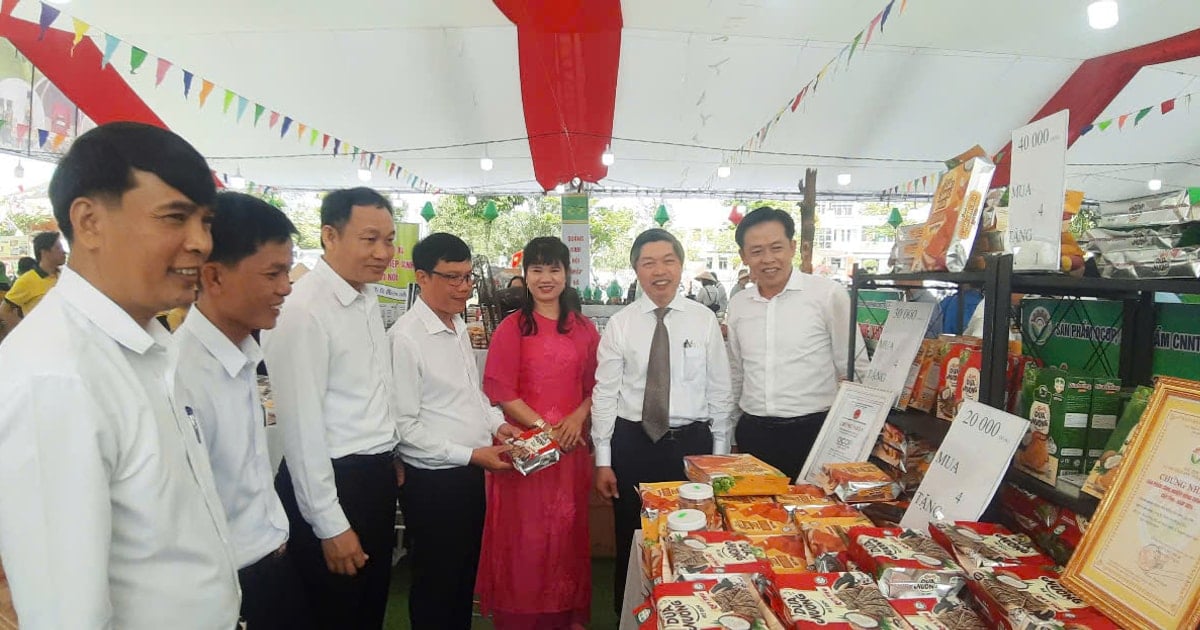


Comment (0)